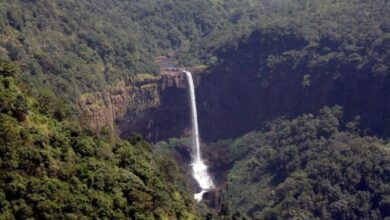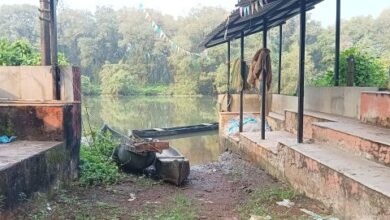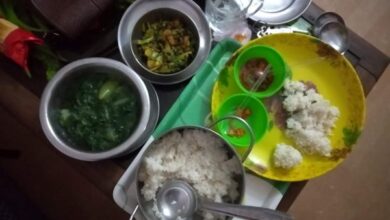BOOK REVIEW: Stories of life, living and forgotten tribal traditions
The new book is a collection of folktales of the Wancho tribe

 How was the world formed? Were gods always superior to humans? Why do we have heaven? How did the human civilisation get separated from the wildlife?
How was the world formed? Were gods always superior to humans? Why do we have heaven? How did the human civilisation get separated from the wildlife?
The evolution of the human race and its socio-political transformation may have scholarly and exhausting explanations that make little or no sense to the masses. Folktales bridge this gap by narrating incidents and events which are fathomable to all. Yet, these stories have a deep philosophy and certain characteristics which are unique to each community or tribe.
Myth, Memory & Folktale of the Wancho Tribe of Arunachal Pradesh, authored by Tara Douglas and Jatwang Wangsa, brings together stories which have become a part of the tribal life of the Wanchos. Each story is inspired by life and living on one hand and inspires the Wancho way of life on the other.
“The folklore of the Wancho people invites us to experience our existence and the whole biological world where we cohabit as full of vitality, consciousness and soul,” wrote Douglas, an expert in indigenous cultures, in the book’s introduction.
The book has 32 folktales under various categories. Douglas and Wangsa painstakingly collected these stories, visiting several Wancho villages and recording these tales in the indigenous language. Later, Wangsa translated these into English.
There are mythological stories, tales of migration, love, village life, and man-animal coexistence and conflict. They talk about the innate nature of man and the course of life. The stories also reflect the tribal life close to nature and cohabiting with the wild.
The Story of All the Animals, for instance, is about how man and animals lived together as a community. However, man’s indolence and devious nature made him distrustful and separated the animal world forever.
In The Story of Yeast, we get to know the genesis of yeast or tonkhah and its significance in the Wancho community. It also tells the story of the origin of wine and the important role that Wancho women play in the household.
The tales under the section Stories of Migration and War talk about the cause of the demographic distribution of the tribesmen. That the Wanchos were a warrior tribe and head-hunters is also understood from the stories.
 The Story of Kamhua Noknu Village (co-author Wangsa belongs to Kamhua Noknu village) is about a crafty chief who tricks his younger brother. The embarrassed brother then establishes the village Kamhua Noknu.
The Story of Kamhua Noknu Village (co-author Wangsa belongs to Kamhua Noknu village) is about a crafty chief who tricks his younger brother. The embarrassed brother then establishes the village Kamhua Noknu.
What prompted Douglas to start the project on Wancho folktales was the absence of an anthology of the tribe’s folktales. The book is of paramount importance at a time when the new generation is moving away from the intrinsic ways of the Wancho tribal life to embrace a more urbanised setup. Over the years, the handful of elders left in the tribe to tell these stories of their origin and existence are also finding it difficult to communicate with the younger generation. This book will help the young members of the tribe to connect back to their roots.
Each story mentions the name and village of the storyteller. Some stories also have a QR code for Wancho songs, which is an interesting addition. The beautiful illustrations add another dimension to the book.
The long introduction by Douglas gives an insight into folktales and their importance, the Wancho tribe and her research process. The book is a great addition to the anthropology of folktales of other tribes in the North East in the market.
Book: Myth, Memory & Folktale of the Wancho Tribe of Arunachal Pradesh; Authors: Tara Douglas and Jatwang Wangsa; Publisher: Niyogi Books; Pages: 188; Price: Rs 595





